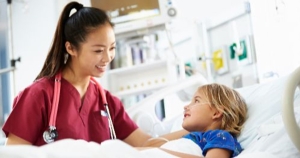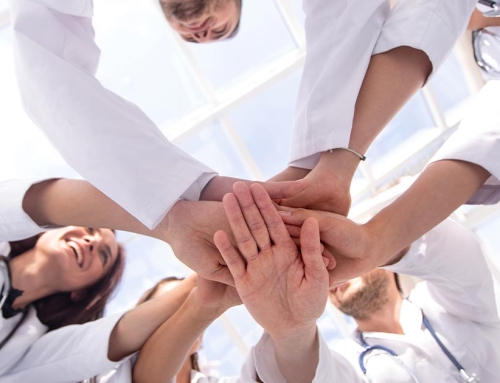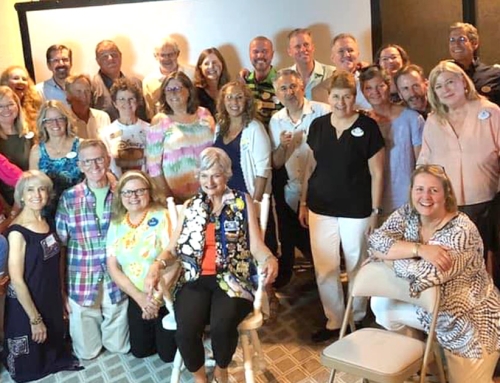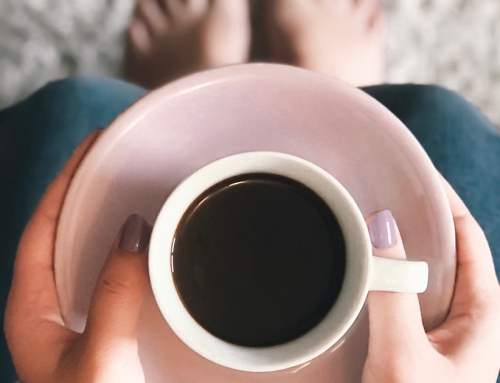 Dopamine, oxytocin, serotonin, endorphins—four ways our body rewards us for positive experiences, and four things to strive for in the patient experience.
Dopamine, oxytocin, serotonin, endorphins—four ways our body rewards us for positive experiences, and four things to strive for in the patient experience.
ILS President Jake Poore came up with the acronym D.O.S.E. to talk about the magic that not only makes Disney fun, but elevates it to a truly special and memorable experience, where the peaks vastly overshadow the valleys.
In the book, “The Power of Poments” by Chip and Dan Heath, the first chapter starts out speaking about a typical family’s vacation to Disney World. Researchers asked some vacationers how they feel about the Disney experience during six times of the day. The research revealed plenty of peaks and valleys as part of the Disney vacation.
Riding Space Mountain was a 10, waiting 45 minutes for “It’s A Small World” attraction was a 3, etc. For most families, at the end of the vacation, the average for all collected scores was 6.5. Yet, weeks later, psychologists circled back with the vacationers and asked them to again score their Disney vacation and they said it was a score of 9! How could this be when their average score during the vacation was only a 6.5?
Well, the research found that when recalling the experience, we tend to ignore most of what happened and focus instead on a few particular peak moments, especially those moments that stand out, like riding Space Mountain and seeing the kids looking cute in new Mickey Mouse ears.
If you make the special moments special enough, all the waiting and inconveniences will be forgotten. Through magic like this, Poore saw Disney’s “intent to return” rate go from 49% to 79% in his tenure. So, with the help of research from “The Experience” by Bruce Loeffler and Brian Church, let’s look at how Disney provides the right D.O.S.E.
Dopamine
Dopamine is the most fleeting of the four, and it’s what releases when you feel a sense of accomplishment and pride by meeting goals. For Disney visitors, that means making things happen; arriving at the destination, successfully making a reservation, getting a tasty treat, all the little things that give you a sense of progress and have you coming back for more.
In healthcare settings, this could be applied a number of ways, including helping the patient feel more involved. When possible, you can give the patient tasks, goals and other little things to look forward to throughout the visit. This helps keep them from simply looking forward to going home.
Oxytocin
This is less fleeting, and is related to bonding, love, touching, etc. It’s the social element, created by fostering bonds of trusts. It gives you a sense of belonging and community, which Disney has in spades. Strangers frequently talk to each other about rides they’ve just been on or will go on. Many visitors are such fans, they don’t just intend to return, they tell everyone they know about how great the experience is. They become unofficial ambassadors solely because they want to bring others into the community.
Beyond their individual tasks, this is essentially the primary goal of Disney cast members, and should be a priority for healthcare workers as well. A hospital or even family practice can become a community if you feel welcome and connected enough.
Serotonin
This comes from huge accomplishments and special recognitions, feeling like a VIP who can take on the world. For Disney, the goal is for everyone involved to help you feel special and unique, even among tens of thousands of guests.
Anything that brings the visitor or patient into the experience and helps them feel a part of it will also make them feel special. Remembering their birthday, giving little gifts/treats, towel origami, taking photos during special moments—any number of things can make a guest feel V.I.P.
Endorphins
Endorphins come from those highly memorable, often physical moments and the lead-up to them. It’s the thrill of the hunt, growing anticipation. For Disney, this means receiving communication from Disney leading up to the trip to grow anticipation, as well as in-park excitement like pre-show presentations, announcements, sound effects, other guests’ laughter/screaming, etc.
Endorphins also come from laughter and exercise, plenty of which are had at Disney.
Example
We’ll talk more later about how to use D.O.S.E. in healthcare settings, but for now, we’re ending on a Disney experience that ties these all together.
Disney does an excellent job recognizing and harnessing the emotion-driven chemicals to their benefit of employee interaction and customer loyalty. Take any child to Disney and they will release endorphins with anticipation of meeting the most famous character in the world. The environment, the cast members and every aspect of the attraction has their heart racing as they get closer to the backstage door.
Dopamine is released as you enter the backstage door and you’re treated as one of the few people in the world who are given the opportunity to meet the big cheese himself, Mickey Mouse. While this may sound silly to an adult, children often feel as if they have been selected to meet royalty.
Serotonin is released as reach Mickey’s dressing room and he turns and says, “You made it!” Mickey was waiting just for your arrival. Mickey even uses your child’s name. Magic! Mickey’s new robotic mouth can enable him to carry on a conversation with everyone he meets. Mickey asks about your day and gives everyone a hug and a photograph.
The oxytocin is running rampant at this point thanks to a sense of love and belonging. You exit the building through a perfectly placed gift shop to capitalize on the emotion and then back out to Main Street, where hundreds of guests are reflecting and conversing on the amazing experience they just had.
While an upcoming surgery or trip to the hospital may not feel as exciting as a Disney trip, there’s still that period of gathering information, building anticipation, and eventually accomplishing the thing. Healthcare workers can build on that by consistently keeping in touch with important information as well as comforting, welcoming words.






Leave A Comment